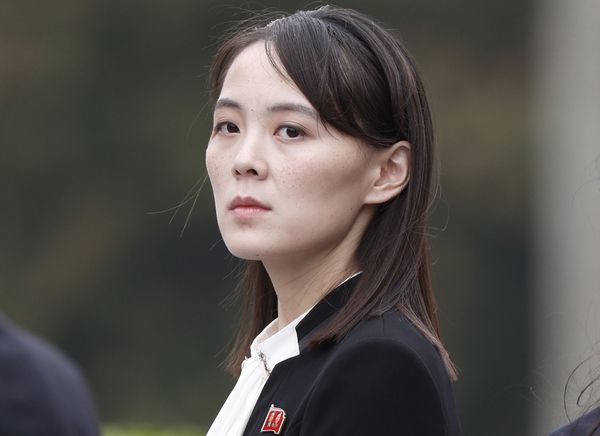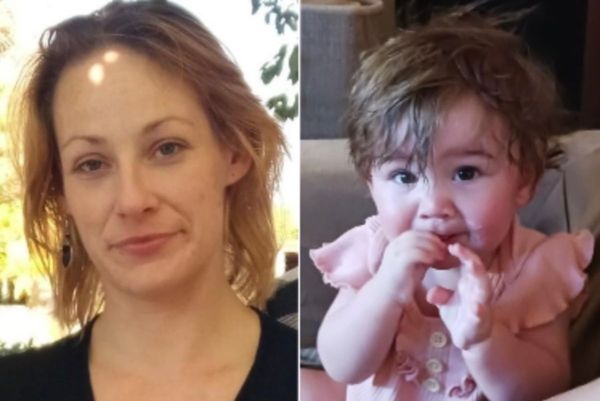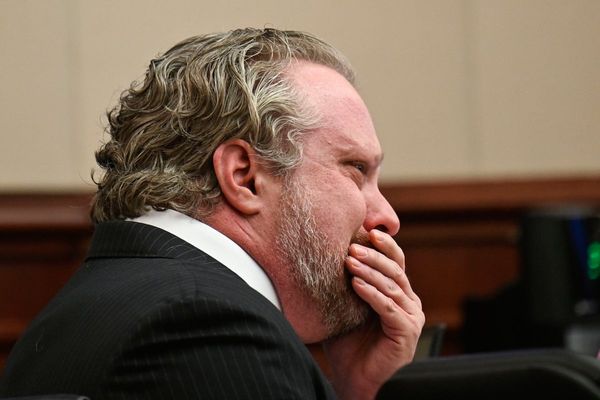
Pablo Picasso, who created some of the greatest masterpieces of the 20th century, was also a notorious womaniser and once said that “there are only two kinds of women – goddesses and doormats”. Viewed through a 21st-century lens, he has been seen as a misogynist and monstrous.
Now his grandson has spoken out, arguing that the artist’s lovers knew what he was like when they became involved with him.
Olivier Widmaier Picasso told the Observer that his grandmother, Marie-Thérèse Walter, always recalled the excitement of being with him – even though he had abandoned her just after the birth of their daughter, Maya.
“She still described him as ‘wonderfully terrible’,” he said. “In a way, she was talking about him [as] if they were still together.”
Picasso was married to the former ballerina Olga Khokhlova when he saw Walter outside the Galeries Lafayette in Paris in 1927. She was just 17 and he was 28 years her senior. He was captivated and she soon became his muse and lover, inspiring some of his most famous portraits, including the erotic Le Rêve (The Dream) of 1932. But he moved on to Dora Maar, the surrealist photographer and painter, the next of his many relationships.
“My grandfather had love stories with each woman and no one was forced to do anything,” said Widmaier Picasso, Maya’s son. “Pablo Picasso is Pablo Picasso. He is not a usual person and my grandmother knew that he was married when he met her.”

He went on: “She knew that he was having an affair with Dora Maar, just after she gave birth to Maya. When Dora Maar is entering the life of Pablo Picasso, she knows that he is having a child, that he has a second life with Marie-Thérèse, and that she won’t remain number three forever.”
He believes Maar enjoyed the intensity of her relationship with Picasso. “It was full of probably a kind of psychological violence that she’s part of.”
He added: “Exceptional people are not easy. You have to accept that some people need more from you. They are more demanding and I think that Pablo was demanding.”
The moral debates sparked by the #MeToo movement have led to a reassessment of various artists. The Brooklyn Museum in New York is currently staging a controversial Picasso exhibition, titled “It’s Pablo-matic”, which “reckons with complex questions” from misogyny to genius.
Picasso’s women are among wide-ranging subjects explored in a forthcoming BBC documentary series, titled Picasso: The Beauty and the Beast, due to air on BBC Two and BBC iPlayer this autumn.
The documentary says that, when Picasso died in 1973, the world mourned a superstar, who turned the story of 20th-century art on its head: “Picasso lived through two world wars and documented a century of chaos, hope and despair. His art could be brutal, but he captured beauty in suffering. His personal life was equally full of contradictions.
“Capable of extreme tenderness and cruelty, he left a trail of troubled relationships in his wake. And yet he also left some of the greatest artworks of the 20th century – Les Demoiselles d’Avignon, Weeping Woman and Guernica, to name but a few.”
One commentator says on the programme: “The brutalisation of women is part of the imagery.” Another notes that Picasso appeared to own his dark side through his apparent alter-ago – the half-bull, half-man minotaur – who is often depicted with swooning or frightened women and is capable of extreme violence as well as tenderness.
But Widmaier Picasso, who also appears in the documentary, said: “It’s always difficult to judge your past with the elements of today.”
He added that, if Picasso were alive today, he could at least defend himself: “It’s not very brave to attack people who died 50 years ago, one century ago, two centuries ago.”
When the family heard of the Brooklyn exhibition, they “did not decline any authorisation” because “it’s the right of anybody to talk about Picasso in any way they want”, he argued.
Widmaier Picasso, a television producer, praised the BBC series for its exploration of Picasso’s “personal and psychological side”, through a wide range of contributors.
Mark Bell, the BBC’s arts commissioning editor, said: “The idea of the great male art superstar has been called into question, but he still stands there like a colossal figure that you can’t ignore.
“You can ask questions about him and his life and at the same time admire the art.”
In 1977, following Picasso’s death, Walter took her own life at the age of 68.
There had been no bitterness, her grandson said: “She didn’t have anyone after him and nobody before him. So it was one love in a lifetime. She was [his] inspiration, revealing a new style of Pablo Picasso. So it was something incredible.
“When I go in a museum and I see a portrait of Marie-Thérèse, I say, ‘Oh, it’s my grandmother’. But she’s immortal. It’s quite touching.”







